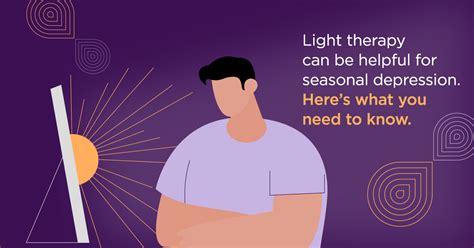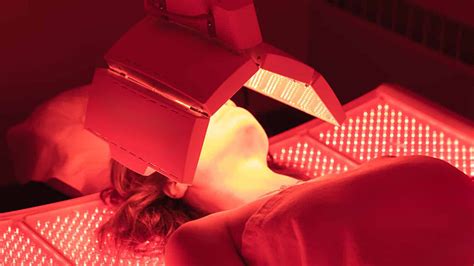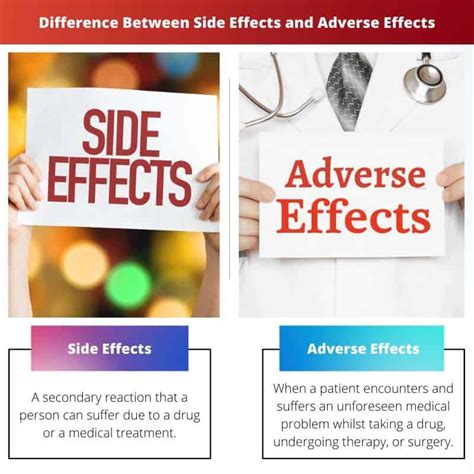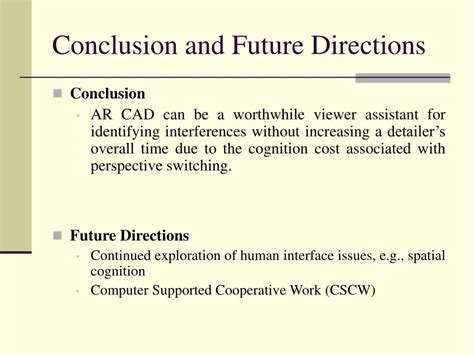Intro
Depression is a complex and multifaceted mental health condition that affects millions of people worldwide. It can manifest in different forms, including seasonal affective disorder (SAD), which is characterized by feelings of sadness and lethargy during the winter months when sunlight is scarce. One of the most promising treatments for depression, particularly SAD, is light therapy. This non-invasive and relatively simple approach has been shown to be effective in alleviating symptoms of depression, improving mood, and enhancing overall well-being.
The importance of light therapy for depression cannot be overstated. Traditional treatments for depression, such as medication and psychotherapy, can be effective, but they may not be suitable or appealing to everyone. Light therapy offers a unique alternative that is easy to use, relatively inexpensive, and free from the side effects associated with medication. Moreover, light therapy can be used in conjunction with other treatments, making it a valuable adjunctive therapy for individuals with depression. As research continues to uncover the mechanisms underlying light therapy's effects on the brain, its potential as a treatment for depression is becoming increasingly recognized.
The scientific community has made significant strides in understanding the relationship between light and mood. Studies have shown that exposure to bright light, particularly in the morning, can help regulate the body's internal clock, also known as the circadian rhythm. This, in turn, can have a profound impact on mood, energy levels, and overall mental health. Light therapy works by mimicking natural outdoor light, which is typically much brighter than indoor lighting. By exposing individuals to this bright light, light therapy can help stimulate the brain's production of neurotransmitters, such as serotonin and dopamine, which play a crucial role in regulating mood.
How Light Therapy Works

Types of Light Therapy
There are several types of light therapy devices available, each with its own unique characteristics and benefits. Some of the most common types of light therapy devices include: * Bright light therapy: This is the most common type of light therapy, which involves exposure to a bright light device that emits an intensity of around 10,000 lux. * Dawn simulation: This type of light therapy involves a device that gradually increases in brightness over a period of time, simulating a natural sunrise. * Light boxes: These are portable devices that can be placed on a table or desk and emit a bright light.Benefits of Light Therapy

Who Can Benefit from Light Therapy
Light therapy is not just limited to individuals with SAD or depression. Anyone who experiences symptoms of depression, anxiety, or fatigue can benefit from light therapy. This includes: * Individuals with seasonal affective disorder (SAD) * People with depression or bipolar disorder * Individuals with anxiety disorders * People who experience fatigue or low energy * Shift workers or individuals with irregular sleep schedulesHow to Use Light Therapy

Tips for Choosing a Light Therapy Device
With so many light therapy devices available, it can be overwhelming to choose the right one. Here are some tips to consider: * Look for a device that emits 10,000 lux: This is the standard intensity for light therapy devices. * Consider the size and portability: If you plan to use the device at home and in the office, look for a compact and portable device. * Check the UV protection: Make sure the device has a UV filter to protect your eyes and skin from harmful radiation.Side Effects and Precautions

Precautions for Specific Populations
Certain populations may need to take extra precautions when using light therapy, including: * Pregnant or breastfeeding women: Consult with a healthcare provider before using light therapy. * Individuals with eye conditions: If you have a pre-existing eye condition, such as cataracts or glaucoma, consult with a healthcare provider before using light therapy. * People with bipolar disorder: Light therapy may trigger manic episodes in individuals with bipolar disorder, so use with caution and under the guidance of a healthcare provider.Conclusion and Future Directions

Final Thoughts
Light therapy is a simple, non-invasive, and effective treatment for depression. By incorporating light therapy into your daily routine, you can take the first step towards managing your symptoms and improving your overall mental health. Remember to consult with a healthcare provider before starting light therapy, especially if you have any pre-existing medical conditions or are taking medication.What is light therapy, and how does it work?
+Light therapy involves exposure to a specialized light device that emits a specific intensity and spectrum of light, which helps regulate the body's internal clock and stimulate the brain's production of neurotransmitters.
Who can benefit from light therapy?
+Light therapy can benefit individuals with seasonal affective disorder (SAD), depression, anxiety disorders, fatigue, and irregular sleep schedules.
Are there any side effects or precautions to consider when using light therapy?
+While light therapy is generally considered safe, potential side effects include eye strain, headaches, and interference with medication. Certain populations, such as pregnant or breastfeeding women, individuals with eye conditions, and people with bipolar disorder, should take extra precautions when using light therapy.
We hope this article has provided you with a comprehensive understanding of light therapy for depression. If you have any further questions or would like to share your experiences with light therapy, please don't hesitate to comment below. Share this article with friends and family who may benefit from light therapy, and help spread awareness about this effective treatment for depression.
